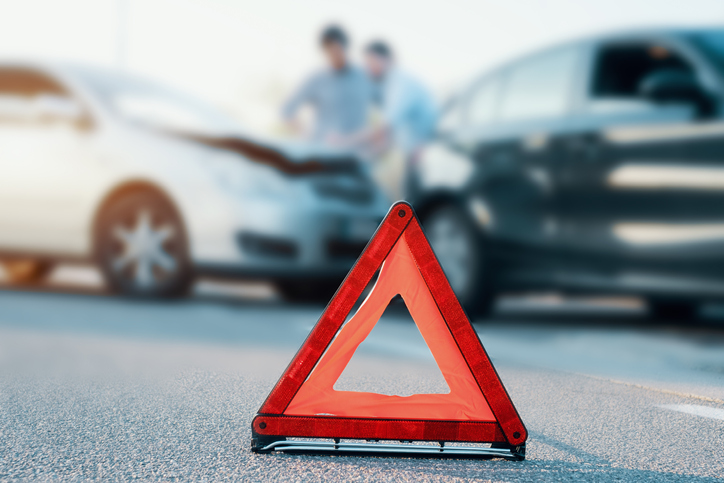Steps to Take When You Are in a Car Wreck.
Listed below are 10 things that as a personal injury lawyer, I think you should do when you are involved in a car wreck. Obviously, your health comes first and if you were injured in the car wreck, let the police handle these items instead.
- Call the police and let them create a report. That report creates a record of where the car wreck occurred, how the wreck happened and the names/addresses of the people involved in the wreck.
- Make sure the police officer obtains the name/address of anyone in your vehicle for their report. You don’t want to be fighting later on about who was or was not involved in the car wreck.
- Write down the name and contact information of any witness to the car wreck. Too often a witness is left off the police report and if fault for the car wreck is disputed by an insurance carrier, a witness’ statement can make the difference on liability for the car wreck.
- Take pictures of the accident scene and the location of the vehicles. Again, should fault for the wreck be disputed, these photos can be indispensable.
- Take a picture of the other driver’s license plate. In Kentucky, through a vehicle’s license plate, we can contact the County Clerk and find out the last company to insure that vehicle.
- Take a picture of the other driver’s license and car insurance if they will let you. Instead of waiting for the police report, this information should allow you to report the car wreck to the at-fault driver’s insurance company on the day of the car wreck.
- Get checked out by your doctor or a hospital within the first four days following a car wreck. If you wait longer, it appears as if you were not hurt in the car wreck.
- Notify your insurance company and write down the claim number they give you. If you were hurt in the wreck and the wreck happened in Kentucky, we will need to use your car insurance, (i.e. the no-fault coverage) to get your medical bills paid.
- Obtain a police report number from the investigating police officer. Without it, it becomes difficult to track down the correct report. With it, we can use buycrash.com to obtain the police report via the internet and usually within a couple of days after the car wreck.
- If it was a significant impact, let EMS transport you to the Emergency Room. It is always better to be safe than sorry.



